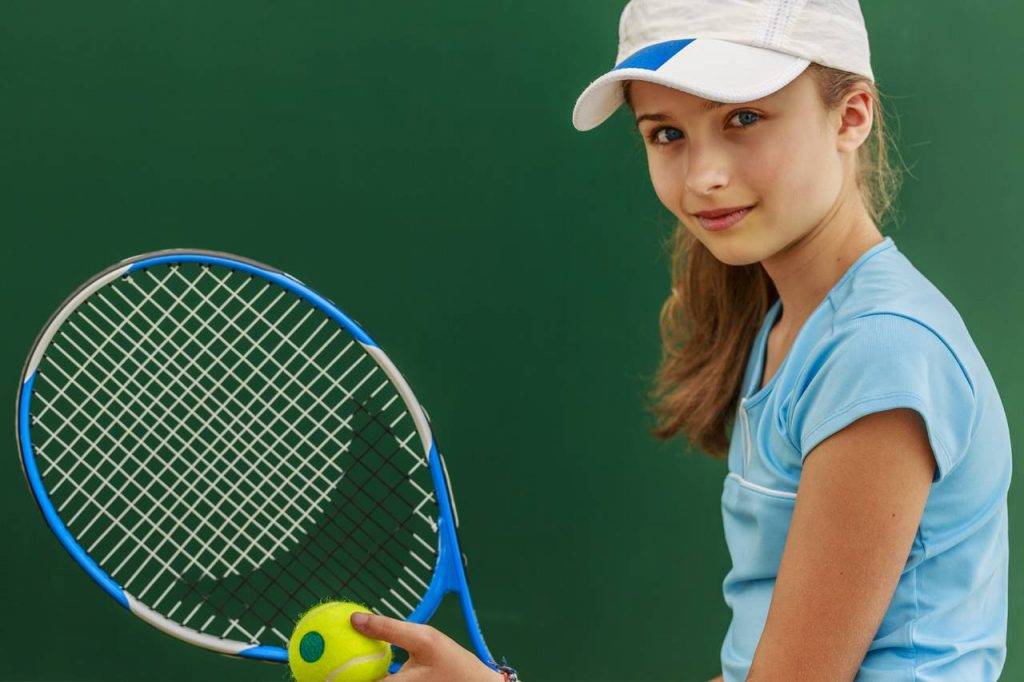Written by: Matthew McQueen (Accredited Exercise Physiologist)
The journey from being a junior athlete through to the elite levels of competition takes many hours of dedication and practice.
Malcolm Gladwell in his book ‘Outliers; The Story of Success’ proposed that it takes 10,000 hours of deliberate practice to become an expert in any skill; including mastery in your chosen sport. This concept is often referred as the 10,000-hour rule.
The 10,000 Hours Rule
In short, this rule means that it takes an accumulation of approximately 10,000 hours of practice to excel in an area. To put that into context, it takes 3 hours of training per day, every day, for 10 years to achieve 10,000 hours.
Due to the overwhelming amount of time taken to hit this magic number, junior athletes often begin to specialise in one sport extremely early in their athletic journey. This contradicts the current evidence which follows the well-established Balyi’s model, highlighting the need to train fundamental movements before specialising (1).
It is proposed that playing multiple sports as a junior athlete assists in the development of fundamental movement patterns. In essence, there are benefits to playing many sports before specialising.
There are some limitations however to Belyi’s model.
This model uses chronological age to determine the developmental stage of an athlete. It does not account for the vast variation in maturation age between individuals through preadolescent and puberty.

Developing Movement Patterns
These vast differences in maturation in junior athletes highlights the importance of developing individualised motor skill training programs for each junior. Individualized training should consider the athletes ‘training age’ (i.e.. How many hours of training) and the athletes physical maturation level.
Developing (and improving) fundamental human movement patterns is a vital component to deliberate practice (10,000 hours). Your movement patterns are engrained in your nervous system: and sometimes an athletes natural movement patterns aren’t consistent with optimal performance.
Teaching and practicing optimal movement away from the sporting court or oval is a valuable training strategy for improving performance. Increased movement efficiency, stability, mobility and ultimately power are all attributes which are built upon developing better movement patterns and awareness.
Exercise physiologists are well equipped to guide athletes through this process, introducing and progressing key foundational movements patterns. Often these key patterns are neglected when an athlete either specialises in a sport too early; or only invests their time playing the sport itself.
This approach is consistent with the evidence around fundamental motor skill development and the increase in peak performance when these skills are not developed during the preadolescence stage of 8-12 years old (2).
Injury Prevention
Reducing the risk of injury in junior athletes is vital to ensure they remain training and competing. Injury is an obstacle to improving performance as it stops practice. Reaching 10,000 hours of deliberate practice takes longer when an athlete is injured.
Physical conditioning for a junior athlete which improves stability, mobility, strength and introduces recovery strategies is crucial to injury prevention.
Myths Around Strength Training in Junior Athletes
The previous beliefs of strength training stunting growth has also been eradicated. While it is true that strength and conditioning training exerts force/load on an athlete’s joints. This is no different from the load expressed during running, with forces of 2–3 times body weight, or jumping with 3-6 times body weight.
In an 50kg athlete, this equates to 100-250kg of load being absorbed through the athletes’ joints. This emphasizes the importance of strength training to build tolerance of load and prevent overuse injuries and increase the longevity of our children’s careers.
The time spent with training professionals, mastering foundational motor skills of accelerating, decelerating, changing direction, jumping, and landing is correlated with an increase in athletic potential. Allowing for better performance when transitioning into the specialization and mastery stages of competition.
References:
- Balyi I, Way R, Higgs C. Long-term athlete development. Human Kinetics; 2013 Sep 4.
- McKeown I, Ball N. Current practices of long term athlete development of junior athletes in high performance sport environments. J Aust Strength Cond. 2013;21(1):4-12.
